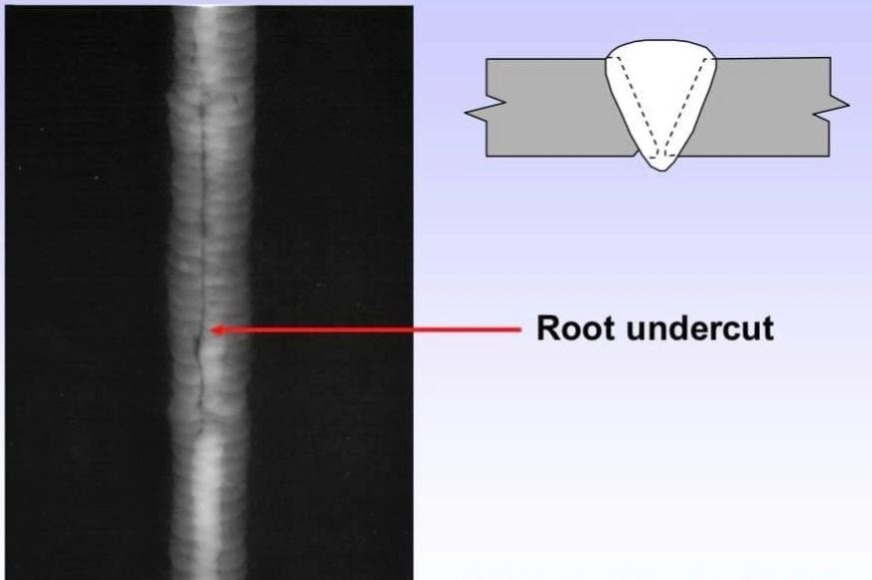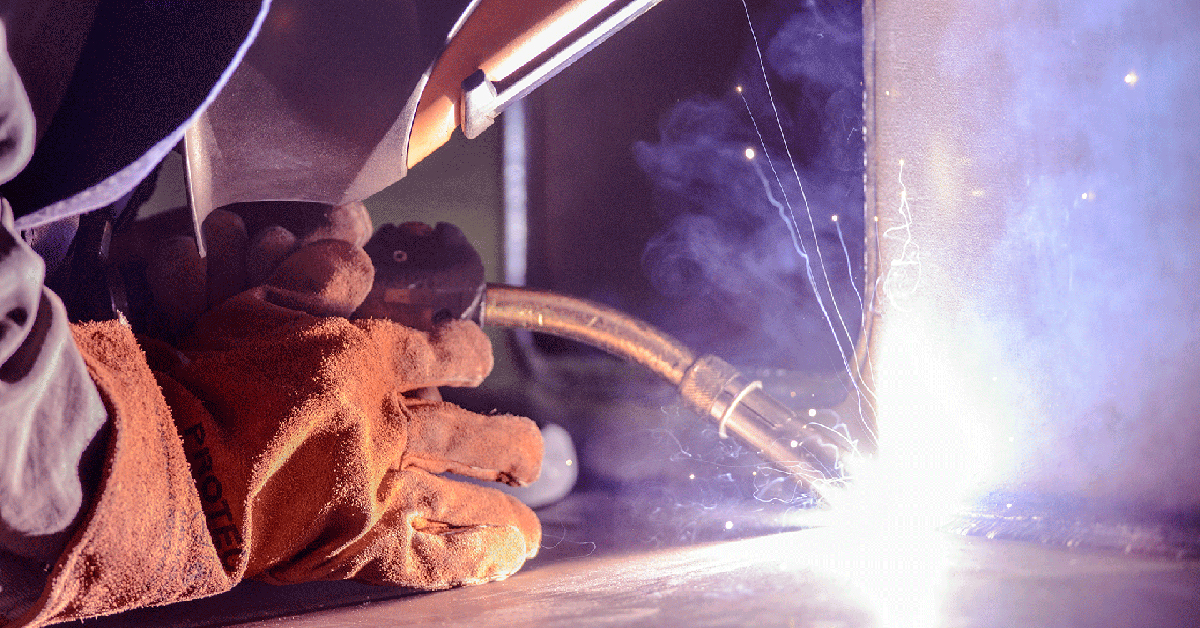Preventing Weld Undercut Made Easy: Key Techniques Revealed
Preventing Weld Undercut Made Easy: Key Techniques Revealed
Blog Article
Vital Tips for Welders: Preventing Undercut Welding and Ensuring Stronger Weld Joints
In the realm of welding, accomplishing strong and resilient weld joints is the keystone of producing top quality job. However, one typical obstacle that welders commonly experience is undercut welding, which can endanger the honesty of the weld joint. By comprehending the variables that add to damaging and carrying out the right strategies and safety measures, welders can successfully avoid this problem and ensure the longevity and stamina of their welds. Allow's discover some vital pointers that can assist welders navigate this obstacle and raise the high quality of their welding jobs.

Understanding Undercut Welding
Undercut welding is a common welding issue that happens when the weld metal falls short to properly load the groove and leads to a groove-like depression along the weld bead. This defect weakens the weld joint, making it at risk to fracturing and failing under anxiety. Damaging can be brought on by numerous factors, including extreme welding present, high welding speed, incorrect electrode angle, wrong electrode size, and inadequate welding strategy.
One of the major factors for undercut welding is a discrepancy between the welding current and the welding speed. If the welding current is expensive or the welding speed is as well quickly, the weld steel might not adequately load the groove, resulting in undercutting. Furthermore, using an electrode that is also huge can cause a similar result, as the excess steel can not correctly stream into the groove.
To stop undercut welding, welders need to ensure they are using the proper welding criteria, maintain an appropriate electrode angle, select the ideal electrode dimension, and practice appropriate welding strategies. By attending to these aspects, welders can decrease the threat of damaging and develop more powerful, extra trustworthy weld joints.
Correct Welding Method
Reliable welding strategy plays an important role in making certain the quality and stability of weld joints. One fundamental aspect of proper welding technique is maintaining the correct angle and range in between the welding gun and the work surface.
Additionally, a stable and constant hand movement is essential for producing solid and sturdy weld joints. Welders ought to go for smooth, consistent activities to make sure even distribution of the weld material. Proper manipulation of the welding weapon and filler product is additionally key to attaining ideal penetration and combination.
Moreover, managing the heat input and selecting the ideal welding parameters based on the material being welded are critical aspects in achieving premium welds - Preventing weld undercut. Welders must comply with the recommended settings offered by welding treatment specifications and readjust them as required based upon the certain requirements of the job. By mastering proper welding strategies, welders can dramatically improve the stamina and integrity of their weld joints
Selecting the Right Electrode
When considering the value of selecting the appropriate electrode in welding applications,Keeping the appropriate angle and distance in between the welding gun and the work surface is fundamental. The selection of electrode plays an important role in establishing the high quality and toughness of the weld joint. Electrodes can be found in various kinds, each created for details objectives and products.
First of all, picking the suitable electrode diameter is necessary. Thinner electrodes are ideal for welding thin click to investigate products, while thicker electrodes are much better for thicker products and greater warmth applications. Matching the electrode diameter to the density of the work surface aids achieve a well balanced weld.
Secondly, recognizing the material composition of the electrode is vital. Various electrodes are made for welding specific materials like steel, stainless steel, aluminum, or cast iron. Using the appropriate electrode material ensures excellent combination and reduces the threat of flaws in the weld.
Last but not least, thinking about the welding position and technique is critical when selecting the electrode kind. Specific electrodes are better fit for vertical or above welding positions, while others work well for flat or horizontal placements. Picking the right electrode based on the welding method enhances the total weld quality and honesty.
Preparing the Base Steel
To guarantee a successful welding procedure, what initial steps should be taken when preparing the base metal for welding? In addition, any existing weld product or deposit from previous welding need to be removed to make sure a tidy surface area for the brand-new weld.

Carrying Out Post-Weld Examinations

After carrying out these analyses, welders must compare the results against market standards and job needs to ensure that the weld joint meets all essential requirements. Any discrepancies or inadequacies discovered throughout the post-weld inspection ought to be promptly addressed with suitable restorative steps to ensure the weld's stability. By diligently carrying out post-weld evaluations and without delay attending to any kind of issues, welders can promote the top quality and reliability of their job, eventually adding to the security and durability of the bonded structures.
Verdict

Finally, preventing undercut welding pop over here and making certain more powerful weld joints require a combination of proper welding technique, choosing the right electrode, preparing the base metal correctly, and performing post-weld inspections. By understanding the root causes of undercut welding and implementing the essential safety measures, welders can create top notch weld joints that meet sector standards and ensure the structural stability of the bonded parts.
Undercut welding is a common welding flaw that happens when the weld metal falls short to properly fill up the groove and results in a groove-like anxiety along the weld bead (Preventing weld undercut). Damaging can be created by numerous variables, consisting of excessive welding present, high welding speed, incorrect electrode angle, wrong electrode size, and bad welding strategy
One of the main factors for undercut welding is an imbalance between the welding existing and the welding rate. If the welding current is also high or the welding speed is as well quick, the weld steel might not effectively load the groove, leading to undercutting.Keeping the appropriate angle and distance in between the welding gun and the work surface is essential when thinking about the importance of selecting the right electrode in welding applications.
Report this page